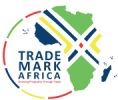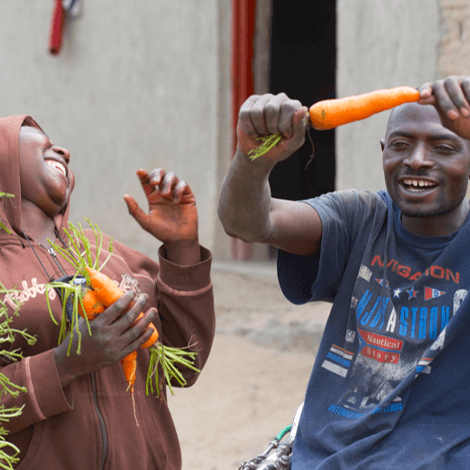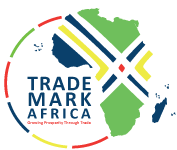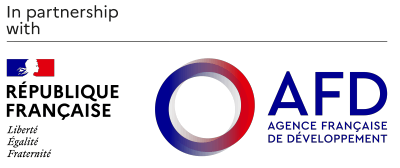The Chinese government's move to cut taxes will further open the floodgates for cheap imports into Kenya, dealing a blow to local manufacturers. The three-year programme will see corporate-income, value-added and other corporate taxes for small and medium enterprises (SMEs) reduced, with the country's Central Bank cutting the amount of reserve a bank should maintain so as to release more money for lending. The move will enable Chinese factories to produce goods at far much lower costs, giving them an edge in the global marketplace. This comes as latest statistics show that China is Kenya’s largest source of imports for machinery and transport equipment, accounting for Sh291.8 billion. It's followed by India at Sh161.2 billion, Saudi Arabia (Sh138.4 billion) and UAE (Sh126 billion). With a conducive environment back home, Chinese companies could launch a trade offensive against Kenyan companies reeling from high energy costs, punitive licensing regimes, cheap imports and high taxes. In an interview, the Kenya Association of Manufacturers (KAM) Chief Executive Phyllis Wakiaga said the trend is worrying since Kenya’s import bill increased by 20.5 per cent from 2016’s Sh1.4 trillion, to Sh1.7 trillion and Sh25.6 billion in 2017. And the last 10 months of 2018, goods worth Sh997.1 billion came compared to Sh291.8 billion worth of exports, hurting Kenya’s quest of finding a home-grown solution that promotes local manufacturing and hence more exports. KAM said continued importation of goods, even those made locally, makes no sense of the government's plan to promote Kenyan firms. KAM noted that...
China’s tax cuts spell doom for local manufacturers
Posted on: January 14, 2019
Posted on: January 14, 2019















